Understanding wheel offset is essential for every car enthusiast and vehicle owner who wants the perfect stance, optimal handling, and zero fitment issues. In this guide, we’ll Wheel Offset Explained, why it matters, and how to make the right choice when buying new wheels.
What Is Wheel Offset?
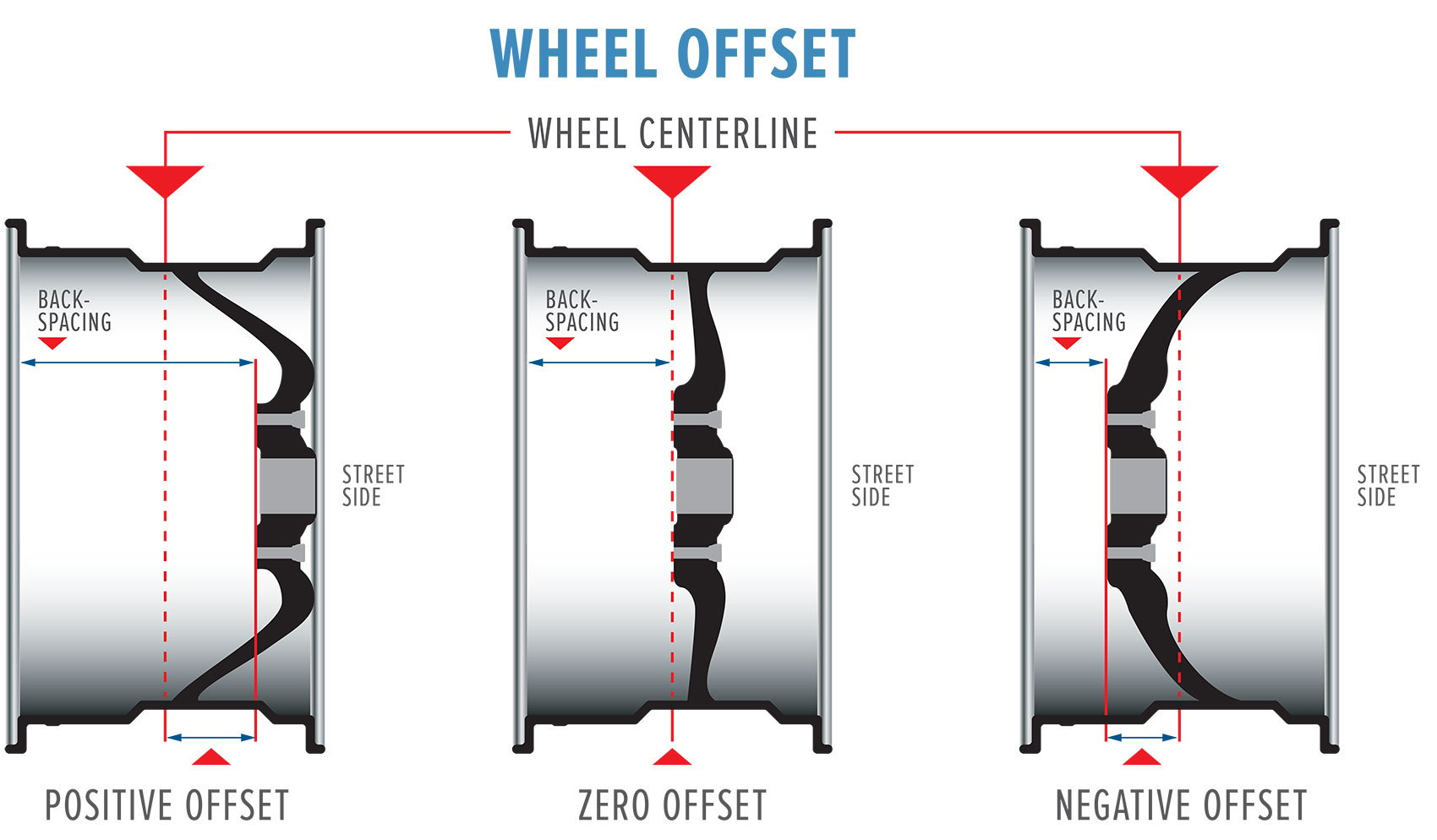
Wheel offset refers to the distance between the wheel’s mounting surface and its centerline. It’s usually measured in millimeters (mm) and plays a crucial role in determining how your wheels sit inside the fenders.
Types of Wheel Offset:
- Positive Offset: Mounting surface is towards the front (street side) of the wheel. Common in OEM wheels.
- Negative Offset: Mounting surface is towards the back (suspension side). Gives an aggressive stance.
- Zero Offset: Mounting surface is exactly at the wheel’s centerline.
Why Wheel Offset Matters
Choosing the wrong offset can cause a variety of problems:
- Tire Rubbing: If the wheel sticks out too much or sits too deep.
- Poor Handling: Incorrect offset can alter suspension geometry.
- Increased Wear: On tires, suspension, and steering components.
- Failed Inspections: In countries like the UK, incorrect wheel fitment can lead to MOT failure.
How to Measure Wheel Offset (DIY Method)
You can measure wheel offset at home with a few tools:
Tools Required:
- Tape measure
- Ruler or straight edge
- Digital caliper
Steps:
- Lay the wheel flat, face down.
- Measure the overall width of the wheel.
- Find the centerline (width ÷ 2).
- Measure from the mounting face to the back edge of the wheel.
- Subtract the centerline from this number to find the offset.
Positive vs Negative Offset – What’s the Difference?
| Offset Type | Description | Common In |
|---|---|---|
| Positive Offset | Mounting surface closer to outside | OEM wheels |
| Negative Offset | Mounting surface deeper inside | Aftermarket/off-road |
| Zero Offset | Centered mounting surface | Custom builds |
What Happens If You Choose the Wrong Offset?
- Wheel Poke: Wheels stick out too far from the fender.
- Fender Damage: Wheels rub against fenders under load.
- Suspension Issues: Offset too deep can hit shocks or struts.
- Steering Problems: May cause understeer or oversteer.
How to Choose the Right Offset for Your Car
- Check OEM Specs: Find your factory wheel offset.
- Use Online Calculators: Try Wheel-Size.com for offset comparison.
- Ask Experts: Local fitment shops or vehicle-specific forums.
- Avoid Extreme Differences: Stay within ±5mm of factory offset for safe results.
Real-World Examples
- ✅ +35mm offset works well on VW Golf MK7 (OEM fit).
- ❌ -10mm offset causes rubbing issues on the same vehicle.
Recommended Tools and Products
- Digital Caliper for Precise Measurements
- Wheel Offset Calculator
- Universal Lug Pattern Guide – Learn More
FAQs – Wheel Offset Explained
Q: What is the best wheel offset for my car?
A: Check your vehicle’s factory offset and choose wheels within ±5mm for safety and fitment.
Q: Can I change my offset safely?
A: Yes, but only within a reasonable range. Too aggressive can damage suspension or cause rubbing.
Q: How does offset affect tire wear?
A: Improper offset can lead to uneven tire wear and poor alignment.
Q: Is wheel offset the same as backspacing?
A: No. Offset is measured in mm from the centerline, while backspacing measures from the mounting face to the wheel’s back edge.
Final Verdict – Know Before You Buy
Choosing the right wheel offset is crucial for looks, performance, and safety. Whether you’re upgrading your wheels or trying a new style, take time to measure, compare, and understand what fits.
🔧 Use online tools, consult experts, and always compare with your factory specs before buying wheels.
Looking for more tips? Read our Lug Pattern Guide or shop measurement tools on Amazon..uk is the most famous website fast dispatch order and fast delivery at your door no annual fee just free
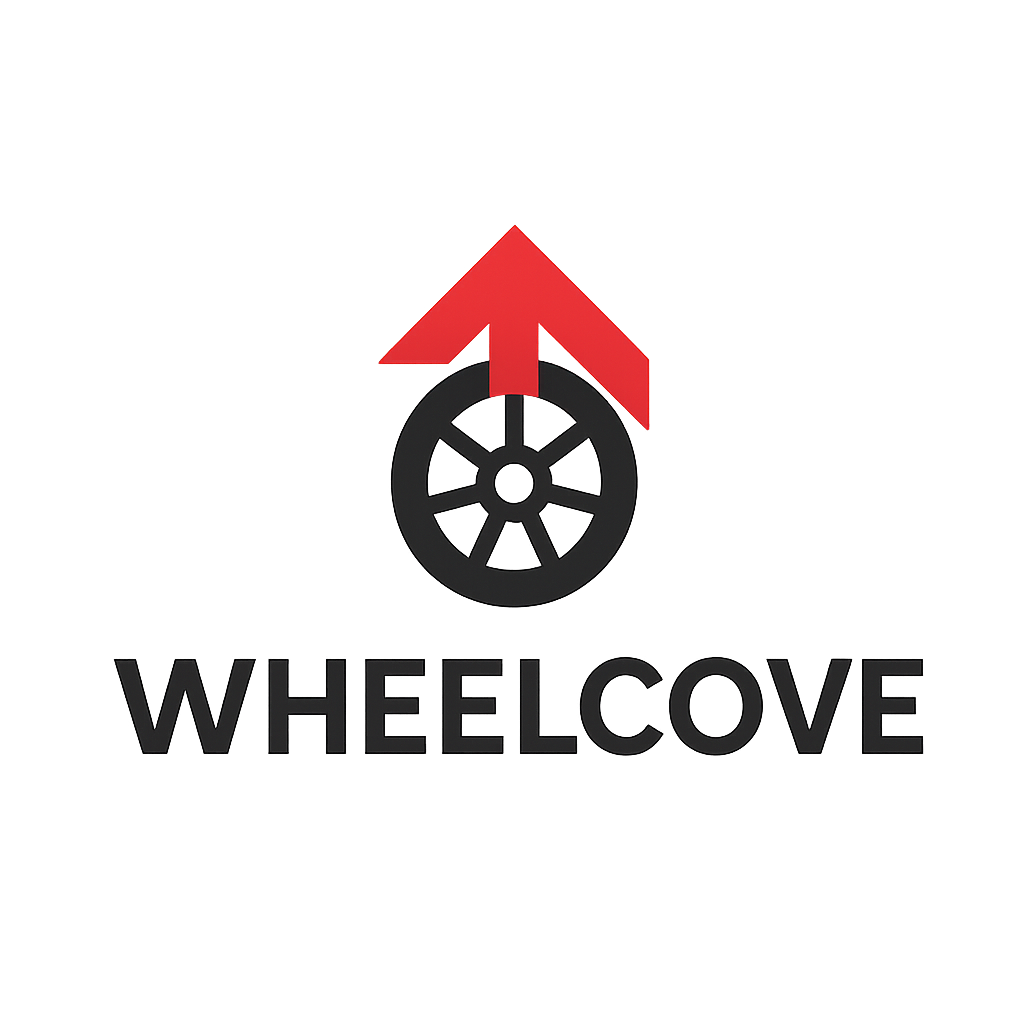
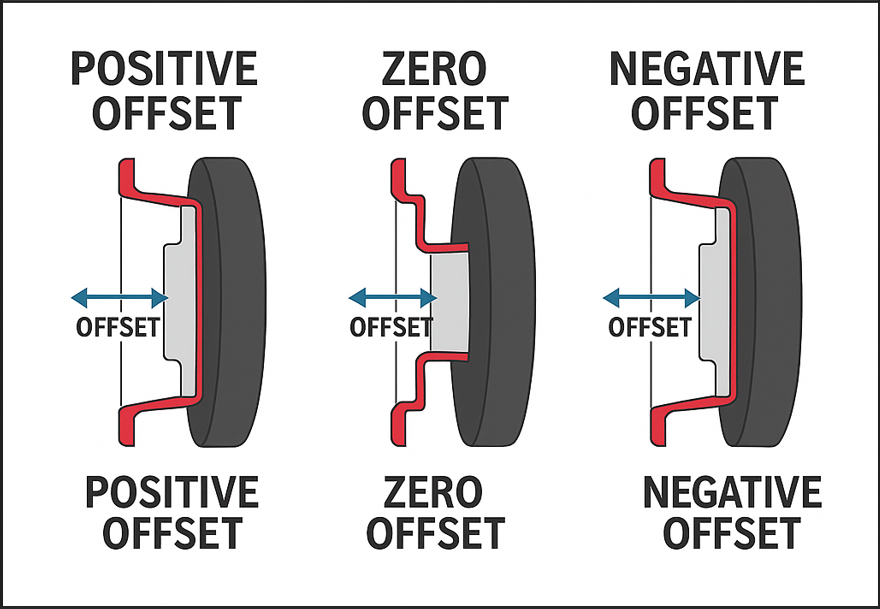
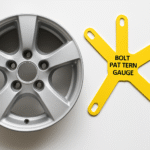
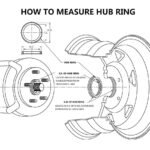
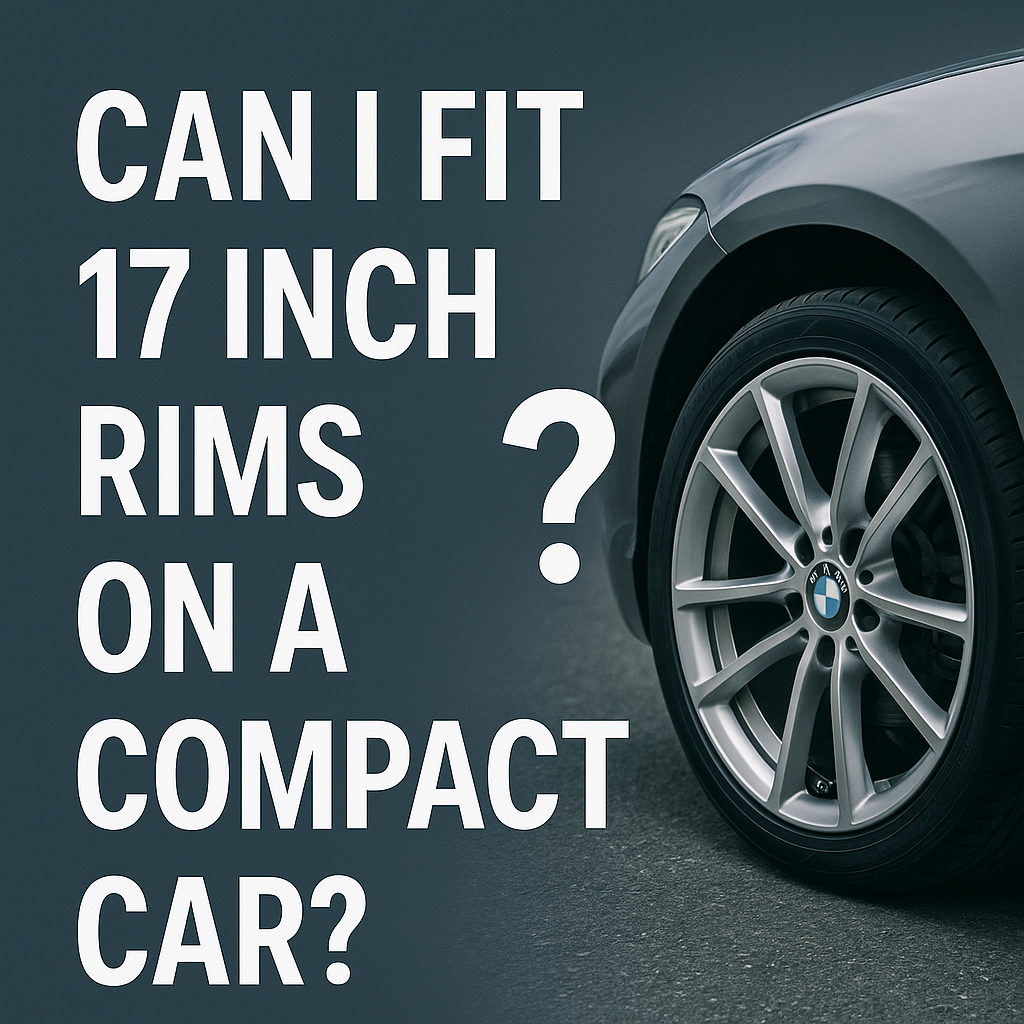
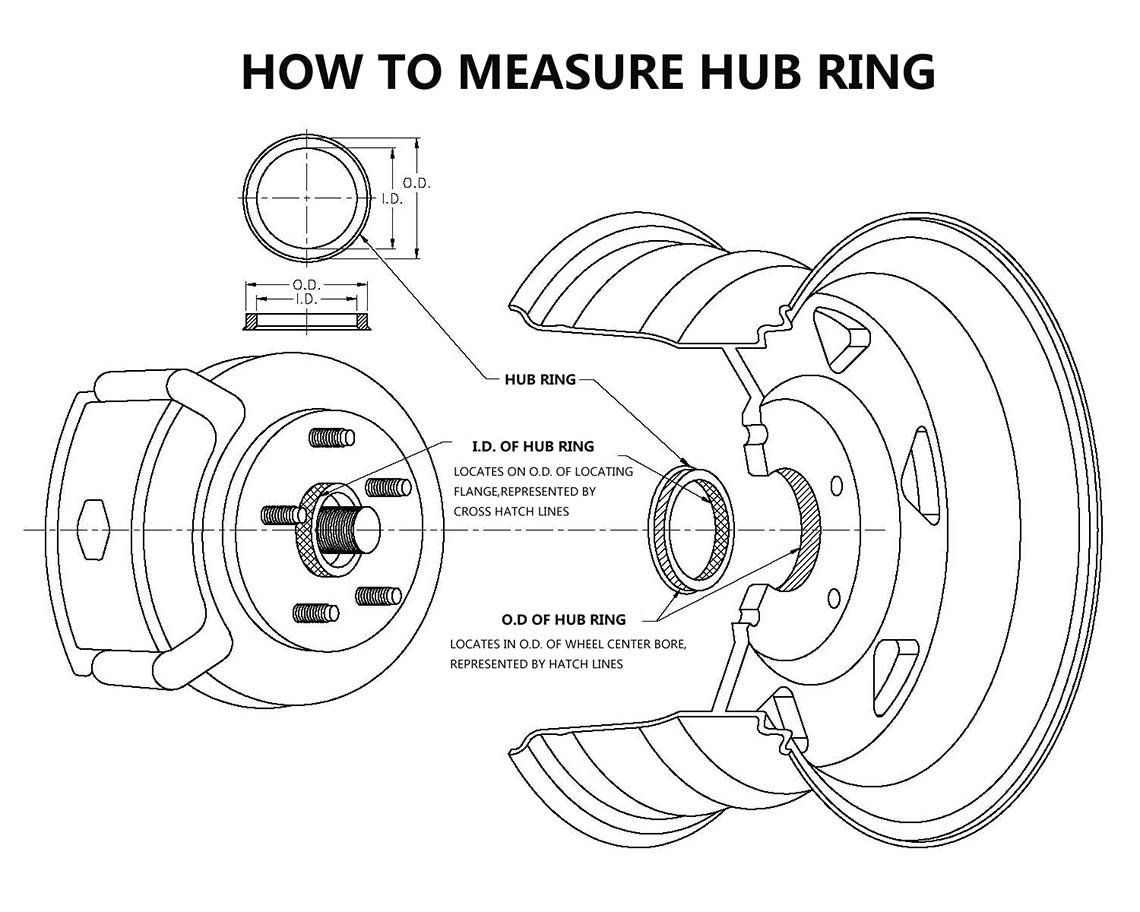
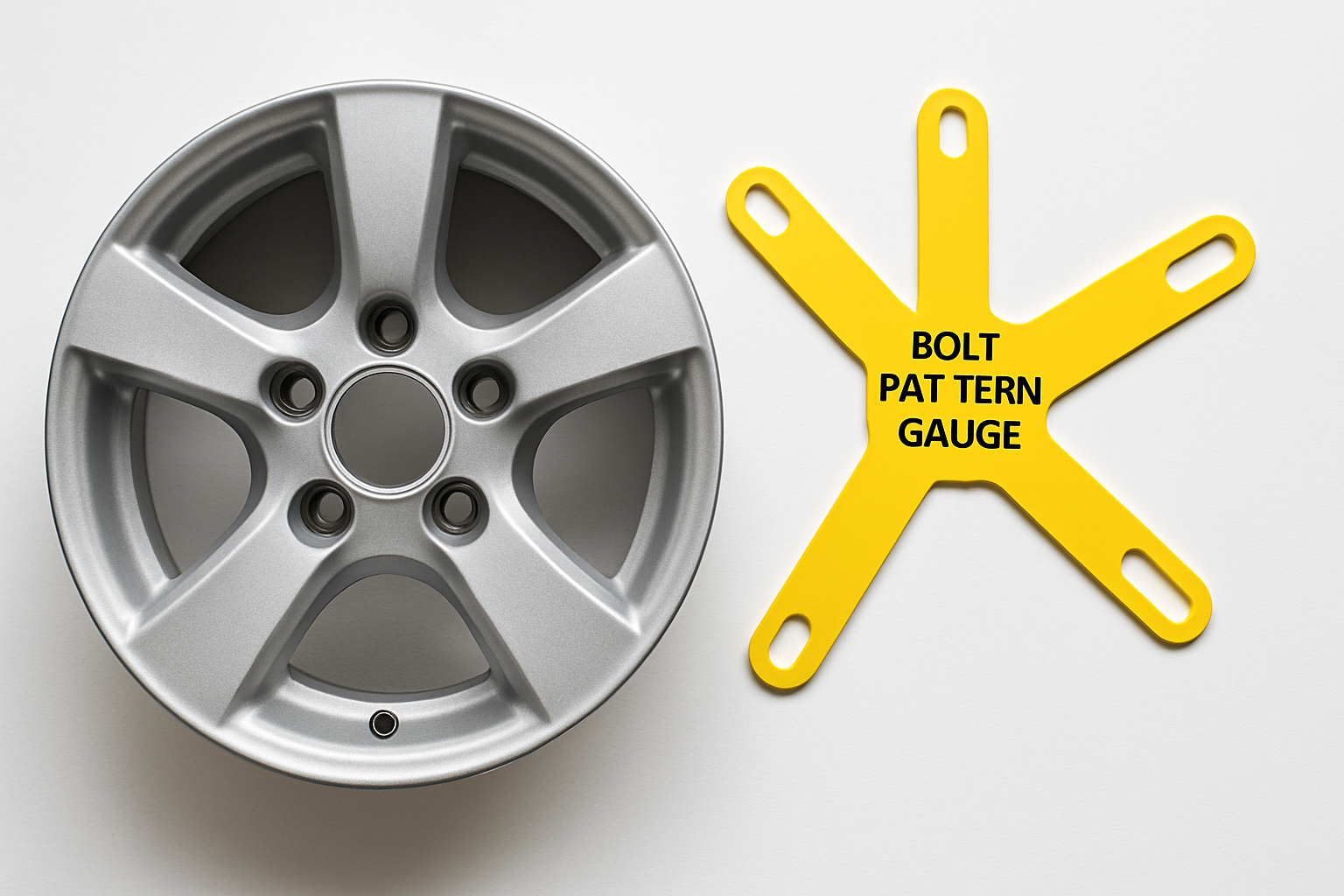
One Comment